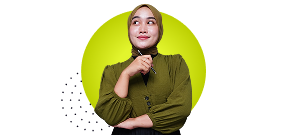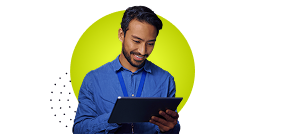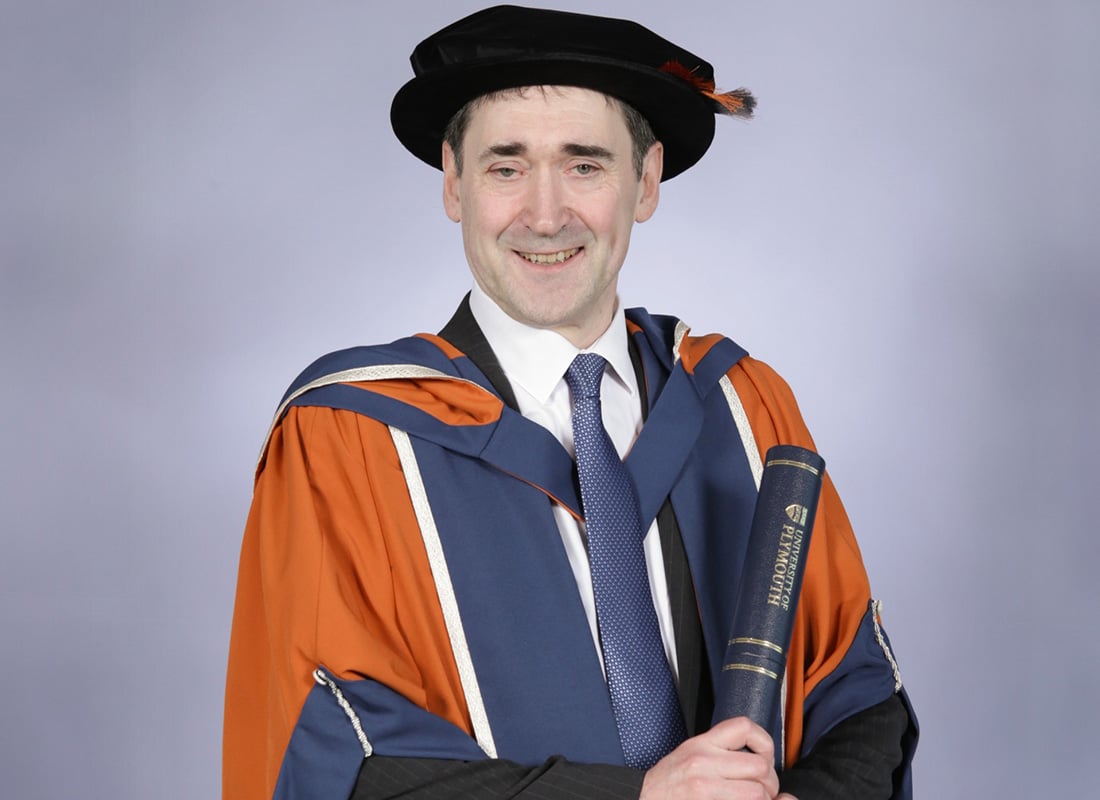Camille Baker is an artist who uses technology to explore our emotions. Georgia Smith talks to her about her work, her hopes and her passions.
Camille Baker is an artist, researcher, academic, author, performer and a curator. Her 20-year artist career orbits our emotions and has seen her create immersive works that explore our senses, feelings and our reactions to experiences. To create these she uses a broad pallet of technologies ranging from e-textiles to virtual reality, augmented reality, mobile phones and wearable electronics.
How did you use technology in your early career?
In the late 90s, I wanted to make documentaries; specifically I wanted to make one about Gen X relationships, because we were the first generation of young people who had large numbers of divorced parents. I couldn’t afford film school, so I took a couple video courses, but even with those skills, getting a film made is a process. You have to find a producer, money and people to help make it. I decided I would rather make something on my own. The web was just becoming a creative space, so I taught myself HTML, and took a course in Photoshop, video production, web design and JavaScript. I met a skilled web designer and we made an online community, Tales of Slacker Bonding, that offered a space for poetry and stories, and we even had video pieces, talk shows and animations — with very little bandwidth —we threw real life cabaret parties with poetry readings, singing, dancing and things like that.
How did the role of technology in your work develop over time?
In 2002 the website was nominated for the Webby Awards — it was so exciting. But then the .com bubble burst and the birth of big companies like Google meant that creative online spaces couldn't survive, and suddenly it wasn’t a viable direction. So I went on to study a masters in Interactive Arts and met some really interesting women there; one was a computer scientist and a dancer, the other a philosopher and a dancer, both using early motion capture to create live and online performance and new tools for digital choreography. I started working with them and using early physiological sensors like breath sensors and heart monitors — tech that's now common in wearable technologies. I was a research assistant with them and as such we went to SIGGRAPH, where we exhibited an interactive installation with these sensors and showcased them in an early wearable technology fashion show, which really got me hooked. Having said that, I didn’t consciously think about gender, but I do think working with them showed me that women can work in technology. They were both inspiring artist/technologists making really interesting work.
When I came to the UK to study for my PhD, my supervisor at the SMARTlab Digital Institute was Professor Elizabeth Goodman, who had a mission to help women get PhDs. Prof Goodman moved into what’s now called Inclusive Design, but initially most of us were more arty or were working in games. I was working with the first iPhone, trying to make a collaborative video platform before streaming was really even possible. I had so many ideas, but some of the technology just wasn't quite there yet. So that was interesting, trying to work with early versions of the technology.
Technology has developed so rapidly as a field. How has that affected your career or projects?
It’s been fascinating watching technology develop to where it is now. I always had higher expectations of technology than it could deliver, and by the time it caught up I’d moved on. But it’s simultaneously impossible to keep pace; I was offered a book contract based on my PhD in 2014. But I had graduated in 2011, and started that research in 2006 — by 2014, it was hugely outdated. All I could use was the theoretical stuff — I had to refocus the bulk of the focus of the book towards contemporary use of phones and wearables in performance. It was almost like doing a PhD all over again, which anyone who’s done one knows is not something you want to do twice. But that’s the nature of working with technology.
What responses do you get to the technology you use in your work?
The INTER/her project, which was about women’s reproductive diseases, features a haptic corset. I had some really strange, contradictory feedback when showing it – all good however. I had men saying they wished the vibration sensation was more aggressive so they could really understand what it feels like to be a women – and several of them cried, saying they had not known how hard it was for women. Then there were many people who'd never done VR before, who said that the combined haptic and VR experience made them feel more engaged with the stories that were being told, which was really positive. Most women said they felt empathy as they or someone they knew had experienced something similar. Simultaneously some women, who had had recent surgeries found it triggering. But you could even say that’s positive — it made them feel really deeply. And even if they weren't happy with those feelings, it triggered something and that seems to be a power that the haptics add to these kinds of environments; they elicit a deeper reaction than just a visual or audio visual experience. I find sometimes simple VR experiences don't hit you emotionally; they're much more aesthetic or intellectual.
Do you feel gender has influenced your career?
I came into technology via art, which is a field where you’re more ‘allowed’ to be a woman and so it’s perhaps been more navigable than for a woman coming from a STEM perspective. I’ve always approached technology as something to be integrated into my work, so though I do work with it, the dynamic is usually that I'm the creative, and the people I’m working with are the technologists.
For you
Be part of something bigger, join BCS, The Chartered Institute for IT.
So I haven’t found working with technology challenging from the perspective of being a woman — I didn't really think of myself as a woman in technology at all until more recently when I started getting nominated for things like Computer Weekly’s ‘Most Influential Women in UK Tech’. I’ve always tried to push boundaries of what I want to do, using technology as a tool, and I've had to have people who were willing to go on that journey with me — who have mostly been engineers or tech programmers, who have often been men. But the gender dynamic has never been the important part of the relationship or at least one that I noticed too much.
What are you excited about for the future?
I’ve had a long trajectory of working with sensors, and I’ve recently been moving towards actuation rather than sensing. I want to keep exploring haptics, so I’m looking forward to those technologies becoming more sophisticated. I've also been trying to get research funding for a project that would work with soft robotics, machine learning and VR to explore different ways of feeling somebody in VR within the context of performance. I'm particularly interested in how e-textiles and VR might come together more in the near future. And I'm curious about combining experiences — for example, a sound based project that includes haptics, so you can feel things on the skin, like rain. Ways of exploring other senses is really what I'm interested in.












